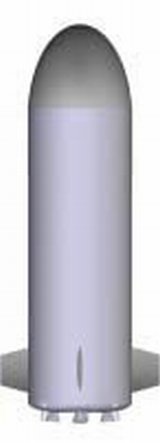S
soyuztma
Guest
The FAA AST has posted the The Draft Environmental Assessment for the Blue Origin West Texas Commercial Launch Site. It reveals a lot about the New Shepard. <br /><blockquote><font class="small">In reply to:</font><hr /><p>The New Shepard RLV system would be comprised of a propulsion module and a crew capsule(CC) capable of carrying three or more space flight participants to space. The CC is stacked on top of the propulsion module. The stacked vehicle would have a roughly conical shape with a base diameter of approximately 7 meters (22 feet) and a height of approximately 15 meters (50 feet).<p><hr /></p></p></blockquote><br />They are planning to begin test flights this year. <br /><blockquote><font class="small">In reply to:</font><hr /><p>In the third and fourth quarters of 2006, Blue Origin would ship the first prototype low-altitude test vehicle to the site and conduct the first flight tests. Ten or fewer flight tests could be conducted in 2006, each to an altitude of approximately 610 meters (2,000 feet) for less than one minute.<p><hr /></p></p></blockquote><br /><br /> <div class="Discussion_UserSignature"> </div>







